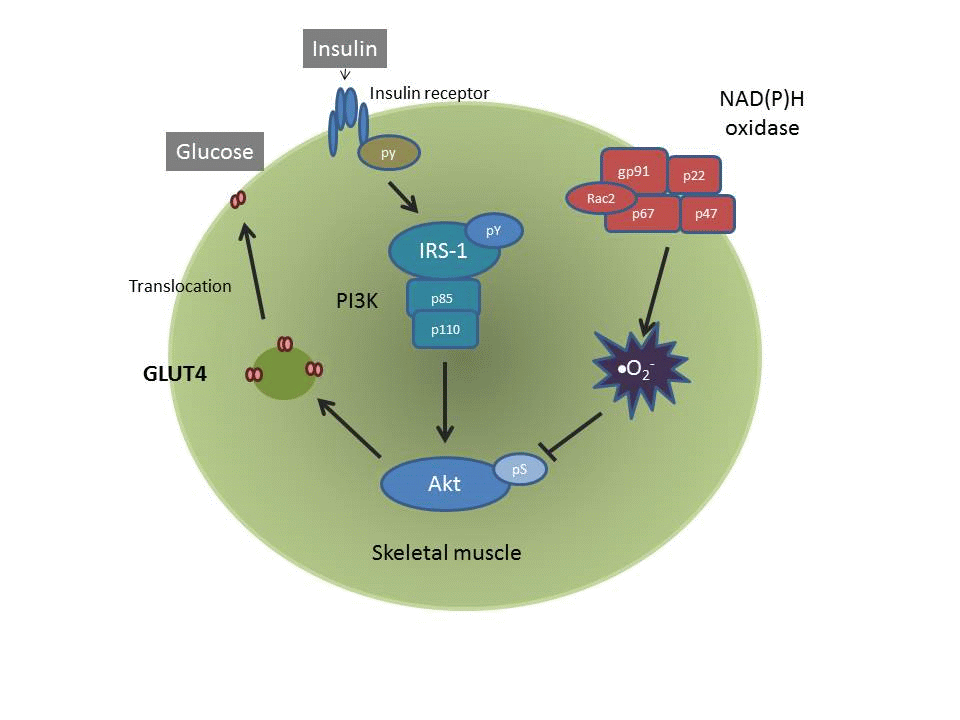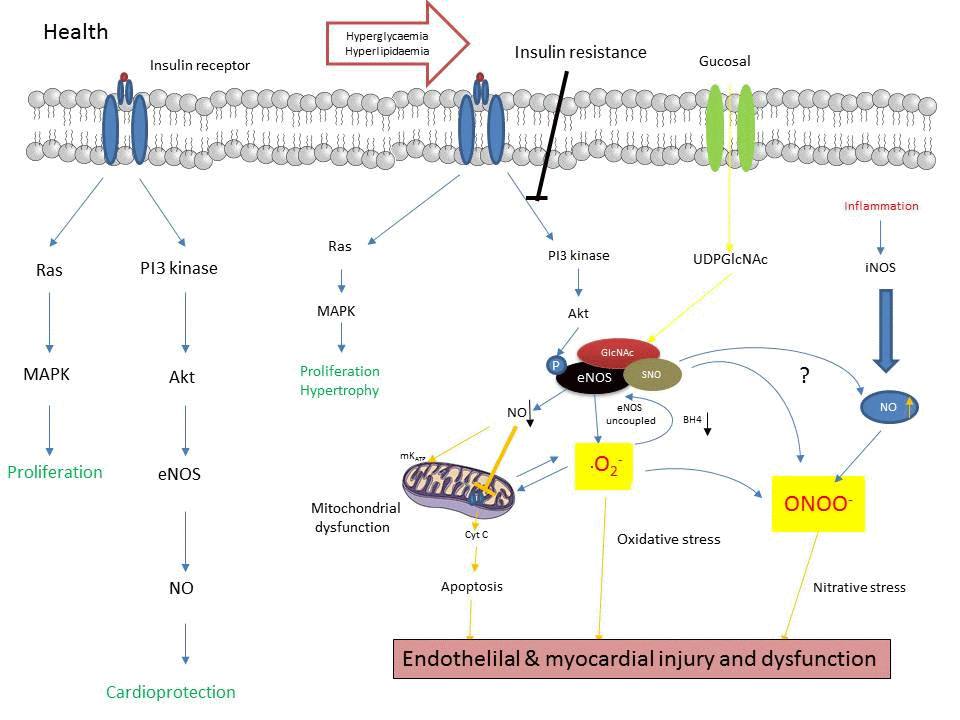Type 2 diabetes mellitus and exercise
According to International Diabetes Federation the type 2 diabetes mellitus (T2DM) now affects more than 246 million people and prevalence has been predicted to increase to 380 million by 2025.
Cardiovascular disease is the most prevalent and detrimental complication ofT2DM and lead cause of morbidity and mortality of diabetic patients. T2DM patients generally carry a number of risk factors for cardiovascular disease, including hyperglycemia, abnormal lipid profiles, alterations in inflammatory mediators and coagulation/thrombolytic parameters, as well as other risk factors, which closely associated with insulin resistance. Therefore, successful management of cardiovascular disease associated with diabetes represents a major challenge to the clinicians.
There is a close association between inflammation and endothelial dysfunction and there is increasing evidence that low-grade inflammation, perhaps reflecting the activation of the innate immune system, is closely involved in the pathogenesis of T2DM dyslipidemia and atherosclerosis. The mechanisms the vascular dysfunction that leads to cardiovascular outcomes in DM. This vascular dysfunction is related with visceral adiposity, insulin resistance and changes in the levels of a diversity of circulating factors (Ahmed and Goldstein 2006).
Several clinical and experimental studies have been assessing the role of regular physical exercise on cardiovascular and cardiometabolic disorders, including on diabetes. It is observed that regular physical exercise is a potential non-pharmacological measure for T2DM with its cardiovascular adaptive mechanisms. These adaptations may be mediated by an overexpression of NO production. The augment of NO release is able to induce protective adaptations by influencing gene expression of antioxidant enzymes (Leeuwenburgh and Heinecke 2001).
In a mouse model, Fukai et al. demonstrated that physical exercise promotes an elevated eNOS gene expression and its phosphorylation, thus protecting endothelial cells (Fukai, Siegfried et al. 2000).
Teixeira de Lemos et al. obsereved that swimming training caused a significant decrease in the level of TNF-α and IL-6 pro-inflammatory cytokines and improves the metabolic profile of ZDF rats, a model of spontaneous T2D (Teixeira de Lemos, Reis et al. 2009).


Figure 5. Schematic representation of the role of insulin and glucose on skeletal muscle